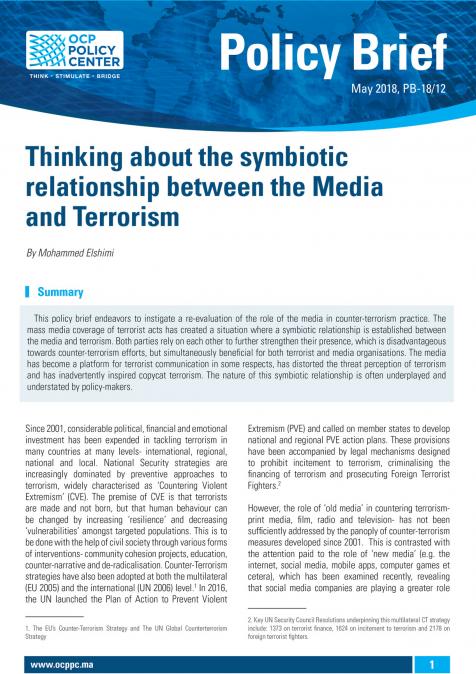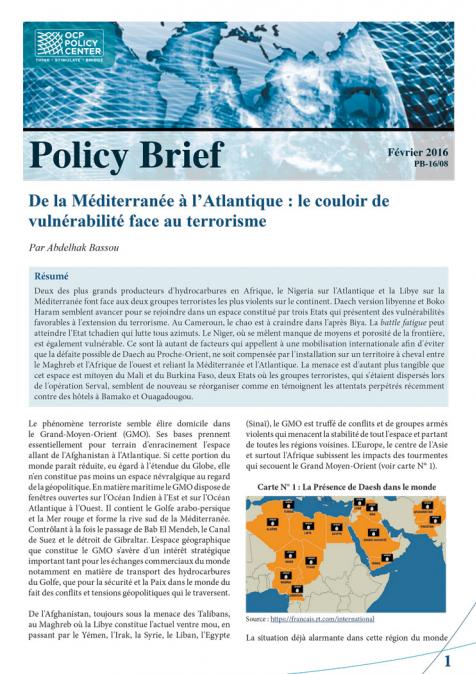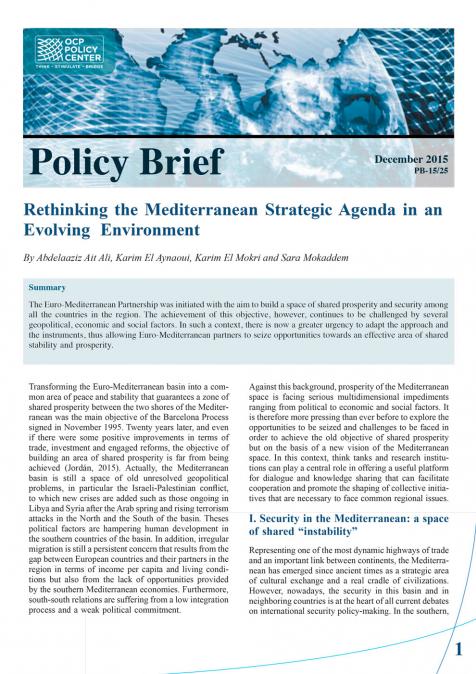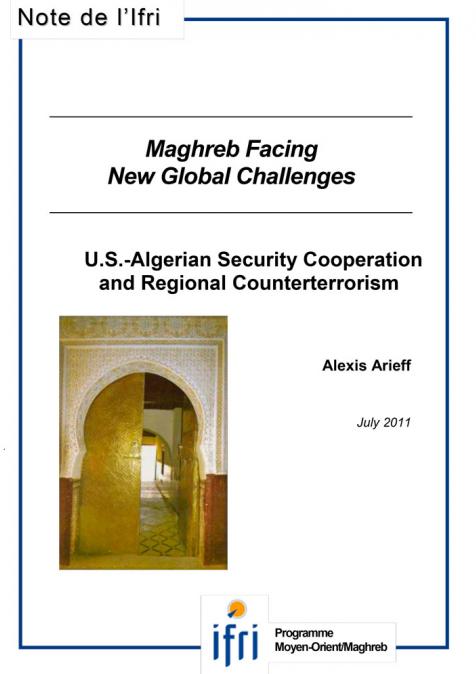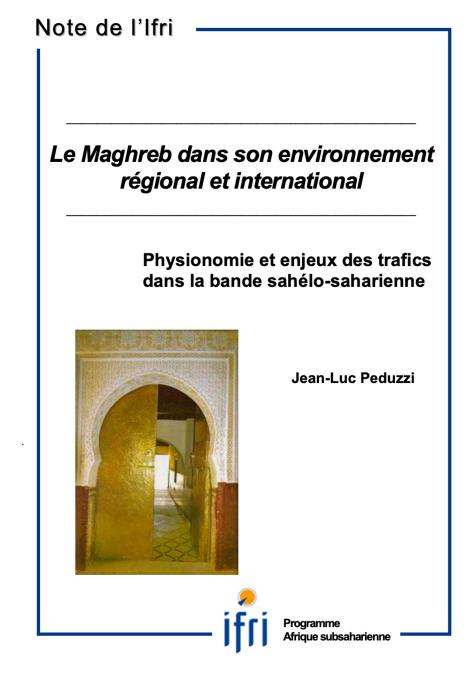Publications /
Policy Brief
This policy brief endeavors to instigate a re-evaluation of the role of the media in counter-terrorism practice. The mass media coverage of terrorist acts has created a situation where a symbiotic relationship is established between the media and terrorism. Both parties rely on each other to further strengthen their presence, which is disadvantageous towards counter-terrorism efforts, but simultaneously beneficial for both terrorist and media organisations. The media has become a platform for terrorist communication in some respects, has distorted the threat perception of terrorism and has inadvertently inspired copycat terrorism. The nature of this symbiotic relationship is often underplayed and understated by policy-makers

